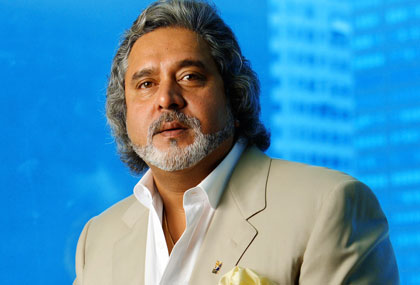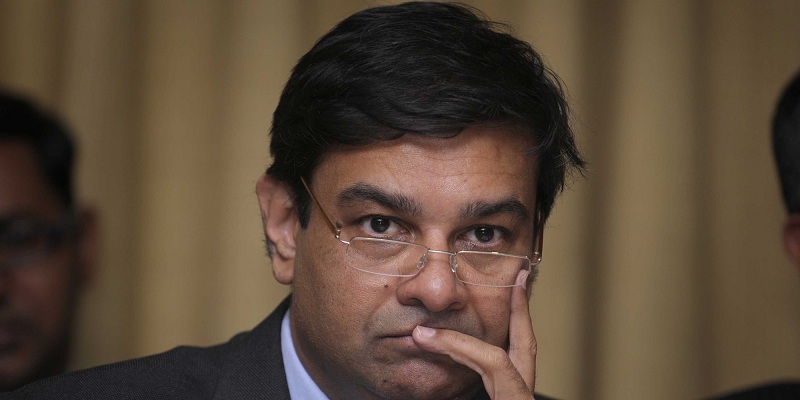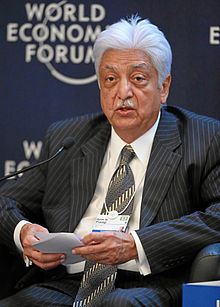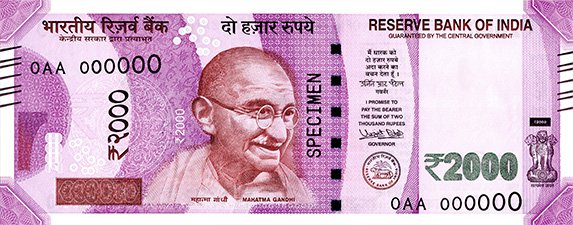
The process of extraditing Vijay Mallya started on April 18, 2017. As a part of the process he was arrested and then later released on bail.
Newsreports suggest that the Indian government has taken up this issue with the British government at the highest level. What this suggests that there is a political will to get Mallya back to India and prosecute him. Indeed, that is a very good thing.
Having said that, in an ocean of corporate defaulters and bad loans of banks, Mallya is a very small fish. A newsreport on Moneycontrol points out that Mallya owes banks and the service tax department around Rs 9,000 crore. This includes the principal loan amount, interest on the loans as well as penalties.
Now compare this to the total gross non-performing assets(NPAs) or bad loans of Indian banks. These are loans which borrowers have defaulted on and stopped their repayment. As of December 31, 2016, the gross NPAs of banks stood at Rs 7,23,323 crore. The gross NPAs of public sector banks, to whom Mallya mainly owes money, stood at Rs 6,46,199 crore.
This comparison clearly tells us that Mallya is a small fry in the overall NPA pie. Let’s now look specifically at the corporate NPAs. As of March 31, 2016, the total corporate gross NPAs of public sector banks stood at Rs 3,36,124 crore or 11.95 per cent of the total loans given out to corporates. This is the latest number I could find. There is enough evidence to suggest that the situation has worsened since then. Compare this to what Mallya owes to banks and you know why Mallya is a small fish in the ocean of corporate defaulters.
While the government needs to put all its effort into getting Mallya back to India, it also needs to go after other defaulters sitting peacefully in India. This is something that hasn’t really happened up until now.
Let’s take a look at Table 1. It shows the non-performing assets recovered by the public sector banks over the years.
Table 1: NPAs of PSBs recovered through various channels Table 1 does not make for a happy picture. The rate of recovery of non-performing assets or bad loans has fallen dramatically over the years. In 2013-2014, the total bad loans involved were Rs 1,49,149 crore. Of this Rs 28,052 crore was recovered. The rate of recovery worked out to 18.8 per cent.
Table 1 does not make for a happy picture. The rate of recovery of non-performing assets or bad loans has fallen dramatically over the years. In 2013-2014, the total bad loans involved were Rs 1,49,149 crore. Of this Rs 28,052 crore was recovered. The rate of recovery worked out to 18.8 per cent.
In 2014-2015, the total bad loans involved were at Rs 2,26,529 crore. Of this Rs 27,849 crore was recovered. The rate of recovery worked out to 12.3 per cent. In 2015-2016, the rate of recovery fell further. The total bad loans involved were Rs 1,91,464 crore. Of this Rs 19,757 crore was recovered. The rate of recovery worked out to 10.3 per cent.
Hence, the rate of recovery of loans has fallen on the whole. How does the scenario look if we ignore Lok Adalats as a channel of recovery, given that the amounts involved there are on the smaller side. The rate of recovery improves but only a little.
In 2013-2014, 2014-2015 and 2015-2016, the rate of recovery works out to 20.2 per cent, 13.5 per cent and 13.6 per cent, respectively. Hence, the rate of recovery goes up a little if
we ignore Lok Adalats as a channel of recovery, but the difference is not much to change the overall conclusion.
If the government really wants to clean up the mess that prevails at public sector banks, it should be looking to improve the rate of recovery of bad loans. And that will only be possible if banks go after large defaulters with a lot of vigour, something that has not happened up until now.
This will happen only if there is political will for the same because ultimately public sector banks are owned by the government, and if the government wants something to happen it will happen. No bank employee is going to risk his career by going after a loan which has been defaulted on by a large corporate, only to find out that the corporate is friends with a politician.
In fact, the Economic Survey had some interesting data on corporates which had taken
on a lot of bank loans and are now finding it difficult to repay them. Many corporates to which banks lent money now have an interest coverage ratio of less than one. These companies are referred to as stressed companies. This basically means that the operating profit (earnings before interest and taxes) of these firms is lower than the interest that they need to pay on their outstanding debt, during a given period. Hence, these companies are simply not earning enough to pay the interest on the loans they had taken on.
The stressed companies with an interest coverage ratio of less than one, owe a little more than 40 per cent of the loans given out by Indian banks. It is these companies which are essentially holding Indian banks back.
In fact, even within stressed companies (i.e. companies with an interest coverage ratio of less than one) the problem is concentrated among a few borrowers. A mere 50 companies account for 71 per cent of the loans owed by the stressed companies. On an average these companies owe Rs 20,000 crore each to the banking system. The top 10 companies on an average owe Rs 40,000 crore apiece.
This is where the real problem of Indian banking lies. Only if the public sector banks along with the government can clean this up, will the mess get cleaned up. Whether the government will show the same vigour as it has to get Mallya back to India, on this front, on that your guess remains as good as mine.
The column originally appeared on April 20, 2017, on Equitymaster




